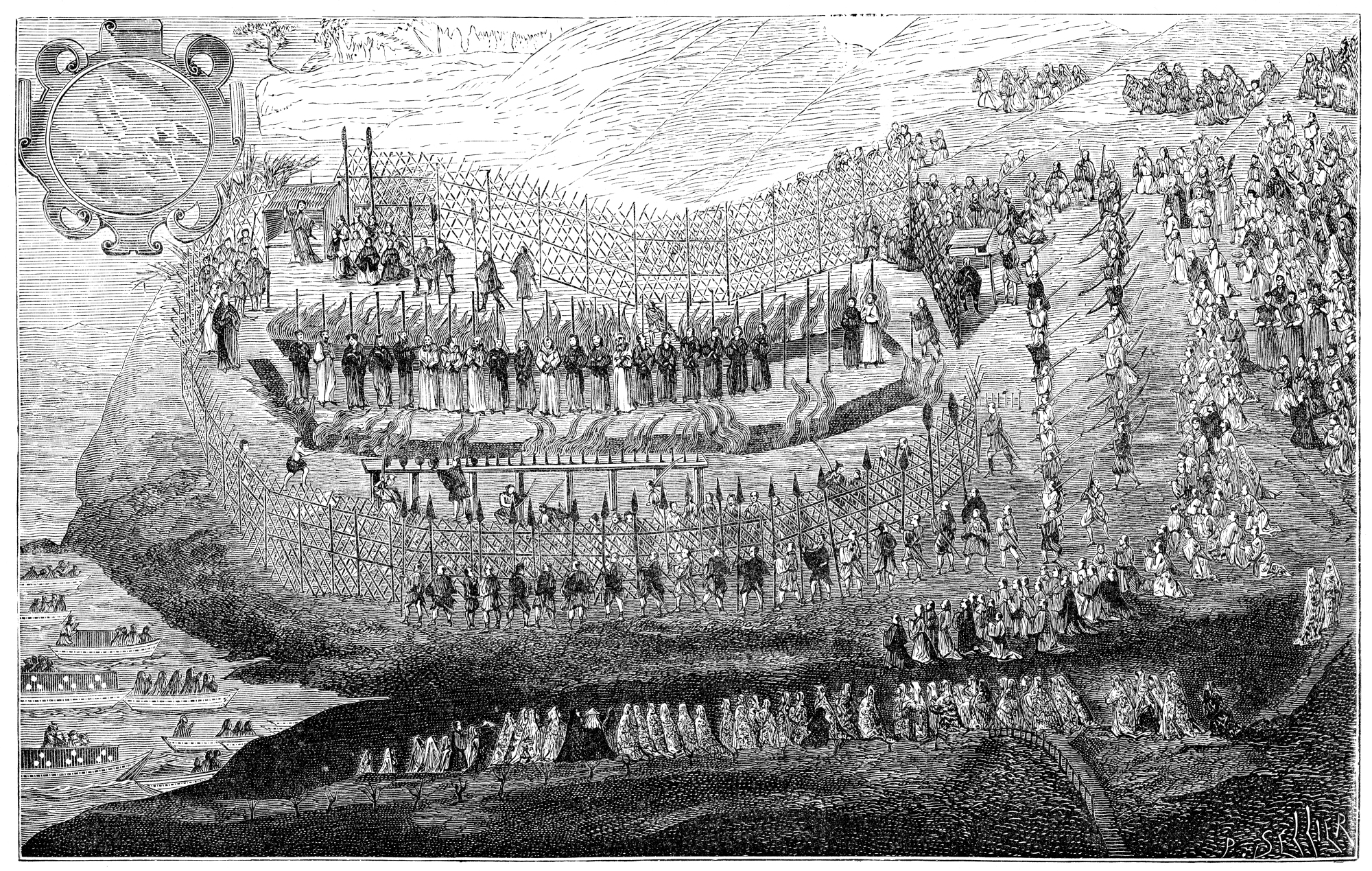Jesus and Japan go back a long way, longer than you'd think if you don't happen to know of a peculiar legend that has the Son of God sojourning — twice: once before, once after the crucifixion — in a remote mountain village in northern Aomori Prefecture.
It's a bizarre, fantastic tale, its origins misty beyond tracing. The 1,000-odd inhabitants of Shingo, the village in question, knew nothing of it until 1935, when a Shinto priest from Ibaraki Prefecture came bearing an ancient document he said had been in his family's possession for centuries. It purported to explain the existence of a simple grave outside the village marked by two wooden crosses. No one had paid it any attention before, but here was the document, describing Jesus coming to Japan during the reign of Emperor Suijin (himself a legendary figure) to study mysticism with mountain priests before returning to his mission in the Holy Land. Escaping crucifixion (his brother was crucified in his stead), he returned, says the document, to northern Japan — where he married, fathered children and lived to the ripe old age of 106.
There are other tantalizing scraps — words in the Aomori dialect that sound vaguely Semitic, for example. Whatever all this may mean, the first European Christian missionaries landing in Japan 16 centuries later found their hosts utterly unprepared for the message of salvation they brought. Not indifferent, however. On the contrary, their preaching, garbled through incompetent interpreters though it was and radically at odds with native beliefs, was warmly received — by the lowly especially but not exclusively. Some feudal lords converted, imposing conversion on their retainers and peasants. Baptismal waters flowed. Japan might have gone Christian.


















With your current subscription plan you can comment on stories. However, before writing your first comment, please create a display name in the Profile section of your subscriber account page.